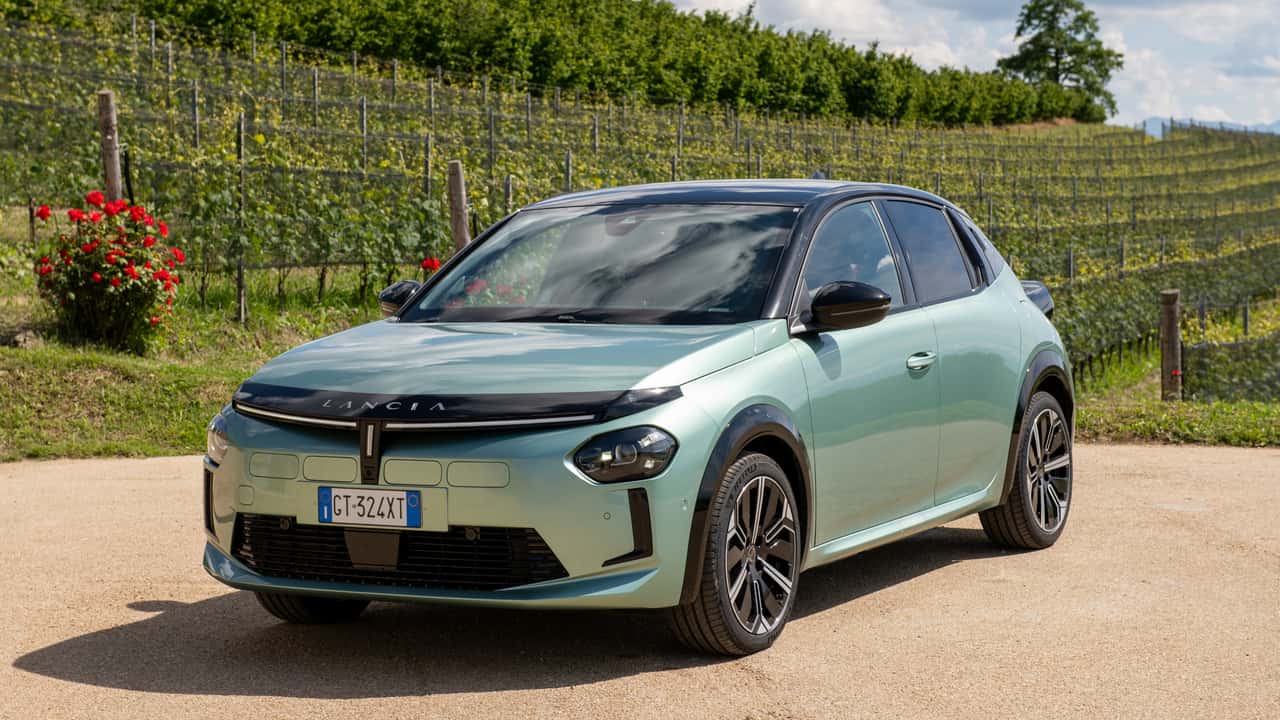Lancia's Return Hits Turbulent Waters with Slumping Initial Sales
Lancia stands as one of the numerous Stellantis marques battling to maintain its foothold in the automotive market. For an extended period, the brand was restricted to Italy alone. Nevertheless, the introduction of the revamped Ypsilon last year marked Lancia's expansion beyond the Italian peninsula. The brand made a comeback to France, Spain, Belgium, Luxembourg, and the Netherlands after a prolonged absence, hinting at a potential resurgence. Additionally, 160 showrooms in Italy were upgraded over the past year.
With the launch of new models and enhanced market presence, a surge in sales might have been anticipated. Contrary to these expectations, the reality has been disappointing. Data from the European Automobile Manufacturers' Association (ACEA) indicates that Lancia's revival is facing significant challenges. Deliveries plummeted by an alarming 72.7%, dropping to just 2,208 units in the first two months compared to the same period last year.
Sales Aggregation Issues
The ACEA aggregates Lancia's sales data with those of Chrysler, even though the American brand isn't officially marketed in Europe. It's improbable that many consumers are purchasing Pacifica minivans and 300C sedans from the limited dealerships importing American vehicles to the European market. Notably, Chrysler discontinued the 300C in 2023, leaving the Pacifica/Voyager as its only remaining model.
Furthermore, Dataforce’s sales statistics, referenced by Automotive News Europe, present a similar downturn. Lancia delivered 2,195 cars in January and February, a stark decline from the 8,086 units recorded during the same months last year, reflecting a substantial decrease in demand of 72.85%.
Pricing and Internal Competition Challenges
Several factors may contribute to the underwhelming performance of Lancia's relaunch. Primarily, the new Ypsilon is priced significantly higher than its predecessor. The hybrid variant starts at €23,900 in Italy, escalating to €29,900 for the fully electric model. In contrast, the previous generation was priced well below the €20,000 threshold.
Moreover, competition within the Stellantis family cannot be ignored. The Ypsilon shares its platform with the Peugeot 208 and Opel Corsa, both benefiting from stronger brand recognition compared to the relatively inactive Lancia. With the discontinuation of the more affordable former model, the Ypsilon now contends in a similar price bracket, making it more challenging to capture a substantial market share.
Plans for the Future
Despite the setbacks, Lancia remains determined to push forward. The brand aims to inaugurate 70 new showrooms across 70 European cities by the end of this year. Initial focus areas include France, Spain, Belgium, Luxembourg, and the Netherlands, with Germany slated for a subsequent launch in 2025. Celebrating its 40th anniversary, the Ypsilon will be succeeded by the new Gamma model in 2026, followed by the revival of the Delta later in the decade.
In a statement made shortly before resigning, Stellantis CEO Carlos Tavares confirmed that all 14 brands within the group have secured funding through 2026. This commitment indicates Stellantis’ patience and willingness to support Lancia in its efforts to recover over the coming years. However, with a new CEO expected to be appointed in the first half of the year, the long-term outlook remains uncertain.
Lancia is not the only Stellantis brand facing difficulties; DS Automobiles is also experiencing struggles. According to ACEA data, deliveries for DS Automobiles dropped by 30.3% in January-February 2025, totaling just 5,060 cars in the EU+EFTA+UK regions. Data from Dataforce similarly highlight a bleak scenario for Citroën’s luxury division.
